“Right for Kids” Report Paints Misleading Picture of Florida’s Child Welfare System
Nonprofit advocacy group Florida’s Children First discusses issues
Coral Springs, Fla. – Recently, the Foundation for Government Accountability released the “Right for Kids” report, which portrays Florida’s child welfare system in a very favorable light in comparison to other states. The report has generated favorable response by Florida’s child welfare community, however Florida’s Children First, a statewide children’s advocacy group, warns that the report may provide the public with a misleading view of Florida’s child welfare system. While there is reason to be proud of moving in the right direction, a high ranking is no comfort to the children who are still languishing in our system of care.
“The “Right for Kids” macro level comparison of 2010 data is useful to compare Florida to other states – but doesn’t provide a complete or current view of the system from the perspective of the abused and neglected children,” said Christina Spudeas, Executive Director of Florida’s Children First. “Having a higher ranking than other states doesn’t mean that we are doing the best we can for Florida’s children.”
Although Florida has undertaken several important steps to improve child welfare policy and practice, a look at Florida Department of Children and Families (DCF) data shows that there is still a long journey ahead.
For example, “Right for Kids” notes that:
1. Florida is one of only 11 states to have a 24-hour rapid response to investigate claims of abuse or neglect.
We’ve set a high bar – now we have to meet it. Current data shows that over 22,500 kids were not seen within 24 hours of the investigation being open. The Barahona case made it abundantly clear what a difference a day can make.
2. Florida is one of only 12 states that visit the vast majority of foster kids monthly.
Florida is a national leader on achieving monthly visits with children. That’s good, but it’s better to get the children back home rather than monitor them in foster care. Caseworkers are urged to help parents get the services and support needed so their children can be safely returned. But only 43 percent of parents are contacted each month by the caseworkers.
3. Florida is one of only nine states that quickly and safely return foster children home to their biological families when possible. In Florida it takes fewer than 12 months on average to reunify families and the state has an 85 percent success rate.
When reunification occurs, it generally happens within a short timeframe, but the majority of children (56 percent) are not placed back home within 12 months. Getting children back to their parents quickly and safely is the goal in most cases. The faster the children are returned, the less trauma they experience.
4. Florida is one of only nine states that ensure short and stable stays in foster care as a general practice. In Florida foster children remain in care for a year or less and do not experience the trauma of being moved to multiple foster homes.
This is a goal, not a reality. A snapshot of data from September 2011 shows that 7,988 (40 percent) of children had been in out of home care longer than one year. There were nearly 1,000 children who had been state care for five years or longer. Of the 100 children with the longest stay in state care – the shortest length of stay was 13 years.
Multiple placements remain a reality for Florida’s foster children. DCF’s current data shows that there are 5,778 children in care who have had three or more placements. With an out of home care population hovering at 20,000 that means almost a third of children now in state care have experienced multiple placements. A more in-depth analysis of the frequency of placement changes shows that 2,011 children in care for two years or less lived in at least three different places. Furthermore, 371 children were moved five or more times in tqo years; 25 moved 10 or more times; and one young man was moved 15 times in 8 months.
5. Since the Community-Based Care system was fully implemented throughout the state in 2006, Florida has moved up 12 spots in the rankings.
This is true. But it doesn’t mean that the improvement was due to having a Community-Based system alone. Back when the system was changing to private contracts, the state asked the federal government for a waiver to allow Florida to put its federal dollars into helping keep families together rather than in spending it on keeping children in foster care placements. Florida was the first state to do this, and it gave great direction for the community –based providers to follow. Detailed briefings on the role of the waiver and the earlier efforts at privatization can be found at the Florida Mental Health Institute at the University of South Florida.
“The state is pretty good at handling the easy situations, but we’ve got a lot of work to do for the children who present more challenges,” said Robin Rosenberg, Deputy Director of Florida’s Children First. “There is no doubt that DCF and its community partners have accomplished positive change, but we can’t ignore the children who are still suffering.”

